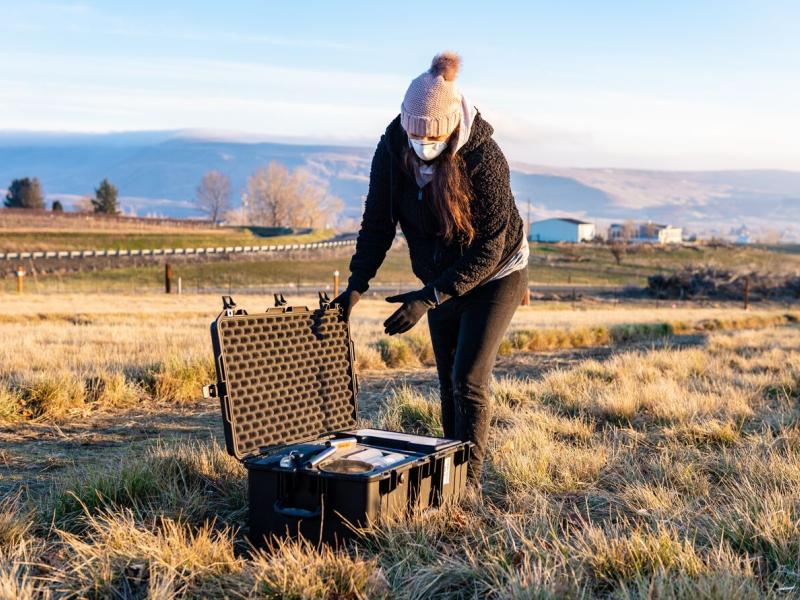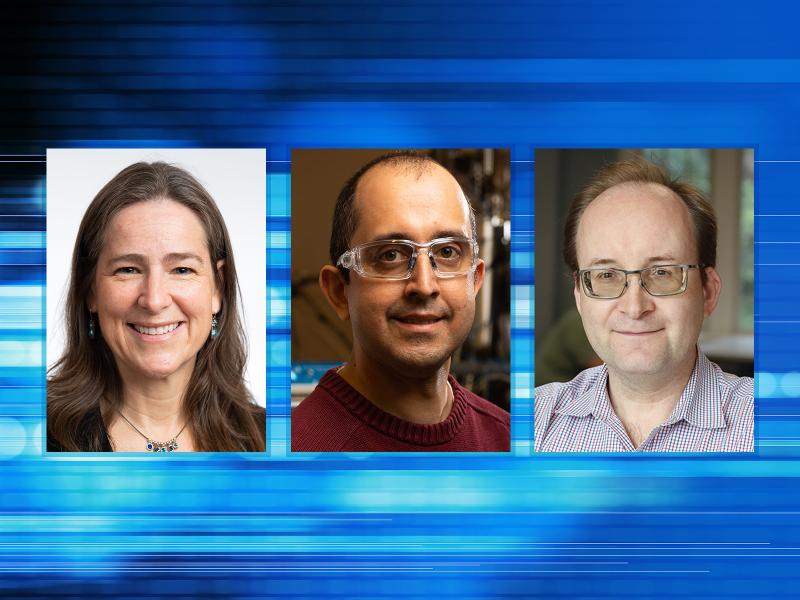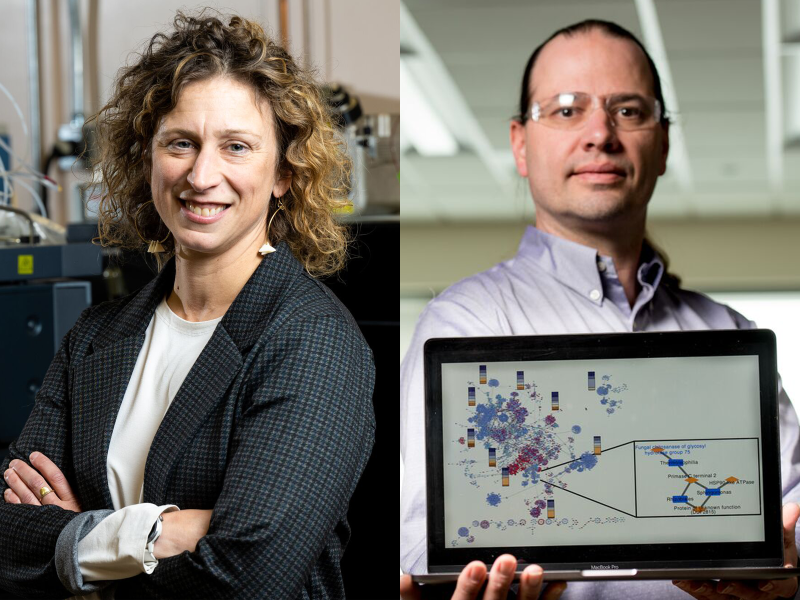
Soil Microbiome
Soil Microbiome
A complex life teems
underground
A complex life teems
underground
PNNL soil scientists are tackling the biochemical complexity of soil microbiomes complexity to gain fundamental knowledge essential to predict how a shifting environment will impact key functions in the microbiome.
(Photo by Andrea Starr | Pacific Northwest National Laboratory)
Microbial communities in soil help recycle carbon and other nutrients from the land to the atmosphere around the world. In the soil, these nutrients feed plants, which then nourish animals that eat plants. Thus, this global nutrient cycling also impacts plant and animal health.
The biochemical complexity of soil microbiomes makes it challenging for researchers to fully understand all of the various microorganisms in a community and their specific roles in the environment. PNNL soil scientists are tackling that complexity to gain fundamental knowledge essential to predict how a shifting environment will impact key functions in the microbiome.
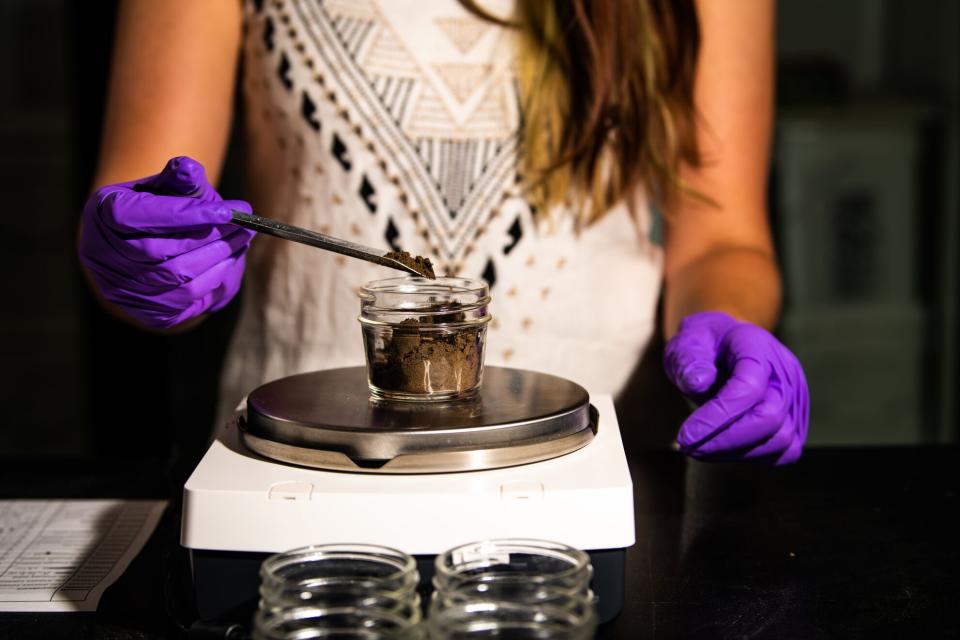
Soil microbiome science in action
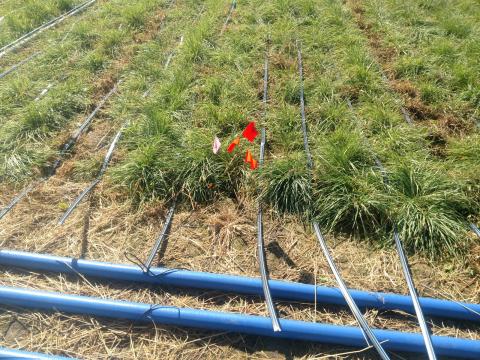
We study soil microorganisms, including bacteria, archaea, fungi, and viruses across scales of environmental complexity, from soil’s microscopic pores to cores collected from riverbanks and grasslands.
Our researchers work to understand how the various microbes interact with each other and the soil habitat to either breakdown or store organic carbon. We also study how differences in soil moisture, redox conditions at land-water interfaces, and even microgravity in space, affect a soil microbiome’s composition and function.
Our researchers also study how soil microbiomes affect plant growth. We work to distinguish non-pathogenic, ‘friendly’ soil microbes from microbial disease-causing ‘foes.’ And we collaborate with researchers at Washington State University to study how drought influences the soil microbiome and its ability to turnover and store soil carbon.
Thinking inside, and outside of, the soil box
Several unique research resources are available to our soil scientists and their collaborators, including:
- a model, 20-member soil consortium to support genome-enabled deciphering of interspecies metabolic interactions during carbon decomposition;
- 'soil chips' and 'soil boxes' for determining the influence of spatial structure and soil moisture on organic carbon decomposition; and
- unique modeling approaches to predict microbial community interactions.
We use a wide array of instruments in a range of approaches to elucidate soil microbial dark matter, including multi-omics analysis, metabolic imaging using advanced mass spectrometry and microscopy platforms, and real-time measurements of metabolic processes that produce measurable characteristics of a microbiome.
Click to view our team of experts who focus on microbiome research in the Biology Division and the Environmental Molecular Sciences Division.
